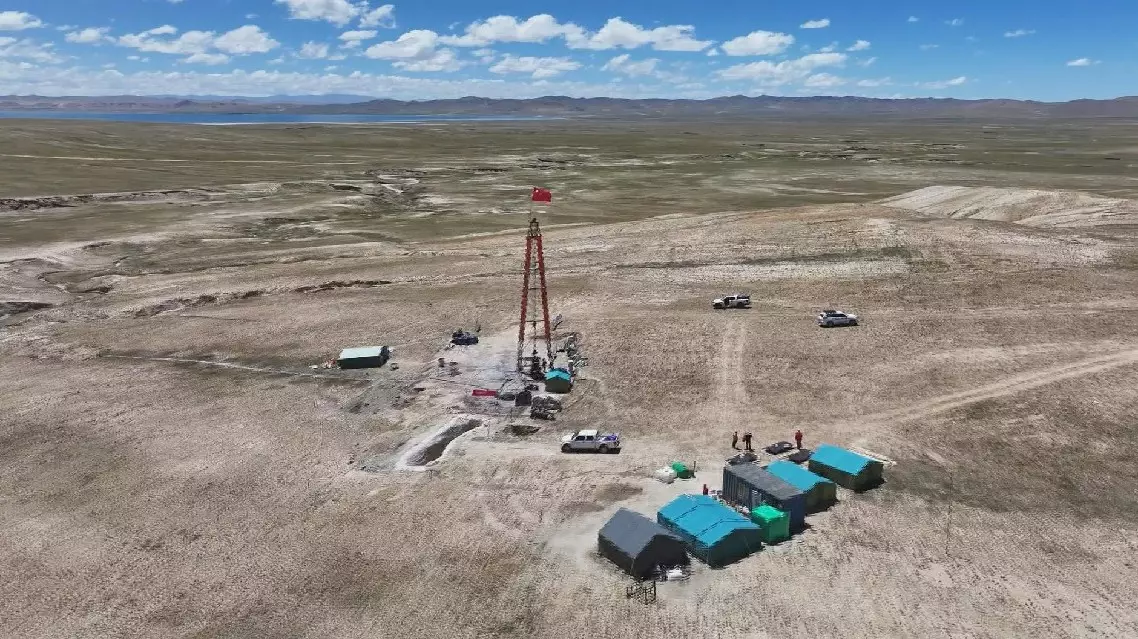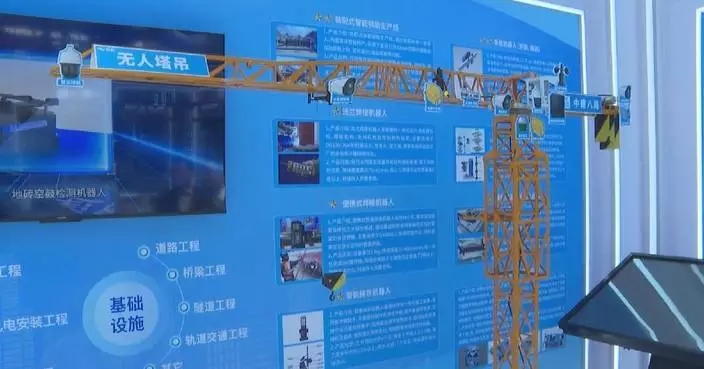A large solar farm developed by a Chinese company in South Africa will start commissioning in early September, which is expected to soothe the country's power deficit and expedite its renewable energy transition.
Located at Postmasburg, a town in the Northern Cape Province of South Africa, the 100 MW Redstone Concentrated Solar Thermal Power (CSP) Project will be the first CSP project in sub-Saharan Africa and also one of the largest renewable energy investment projects in South Africa.
The solar farm consists of a 248-meter-high tower and more than 40,000 large rectangular mirrors enveloping it. These mirrors, known as heliostats, are designed to accurately follow the sun's trajectory and redirect sunlight towards a designated focal point, such as the central receiver atop the tower.
In the meantime, the plant uses a molten salt energy storage technology to keep steam turbine running at night and thus meet power generation needs during the period.
Upon its full operation, the solar plant is expected to generate approximately 480 GWh of electricity annually for the national grid. This substantial output will effectively cater to the power requirements of over 200,000 South African households.
Also in the Northern Cape Province, the De Aar Wind Farm developed by a Chinese company has an installed capacity of 244.5 megawatts. It has met the demand of 300,000 households since it began operation in 2017 while reducing 619,900 tons of carbon emissions each year.
Since 2007, China has aided 160 plants across Africa, lighting up the night sky of 27 countries, half the continent. Fourteen more are under construction, according to data from the Boston University Global Development Policy Center.
By 2026, 103 hydropower, six solar and five wind plants will be put into operation, accounting for 66 percent of all China-built plants in Africa.

China-built solar farm expedites renewable energy transition in South Africa
Chinese scientists have set a new record by reaching a drilling depth of 750 meters on the Qinghai-Xizang Plateau, during the country's second comprehensive scientific expedition to the hinterland of the plateau.
The team led by academician Fang Xiaomin from Chinese Academy of Sciences (CAS) is currently carrying out a resource and environment research project in the Lunpola Basin, which is the first proven oil-producing basin on the Plateau.
Overcoming a series of difficulties brought by the harsh high-altitude environment, the team managed to reach more than 750 meters below the surface.
With an average altitude of 4,600 meters, the Lunpola Basin has accumulated the most continuous Cenozoic strata of the plateau dating back for 55 million years, which makes it a key region for studying the plateau's tectonic features, climate, biology and ecology as well as their co-evolution.
The rock samples taken from deep down the earth not only record the history of tens of thousands of years of geological and climate changes on the Qinghai- Xizang Plateau, but also reveal the distribution of energy in the stratum.
"This gray-green section with continuous layered patterns is conglomerate. This part of red sedimentary rock represents the arid climatic conditions of the subtropical high-pressure zone. And this part, with many beautiful layers, is carbonate rock, and over here, it may contain some white-jade marble or gypsum. Further down is what, I just mentioned, was produced from the tropical environment. We also successfully drilled it out. The oil shale from that time has now transformed into heavy oil, indicating that the biological climate was very rich and humid, with high plant diversity and significant organic sedimentation. It's the most important oil and gas-bearing layer in the Lunpola Basin, which is the first basin on Qinghai-Xizang Plateau where we have drilled an oil outlet," Fang explained to China Central Television reporter.
The scientist said the ongoing drilling is expected to provide an important scientific basis for the simulation and prediction of the impact of global warming and the ecological environment protection on the Qinghai-Xizang Plateau, the formation of hydrocarbon source rocks, and the exploration and development of salt lake resources.
"We have designed a drilling depth of 1,500 meters, but we will reach 1,000 meters first. If all goes well, we will drill deeper to 1,500 meters. This mission is the first of its kind globally to drill so deep, more than 1,000 meters, in the core of the hinterland on a plateau," said Fang.

Chinese scientists set new drilling record on Qinghai-Xizang Plateau










